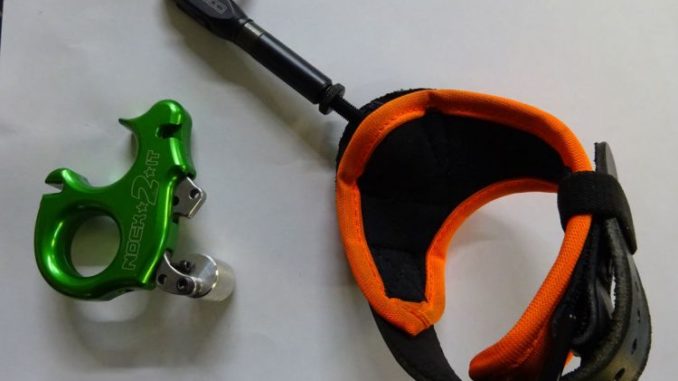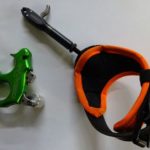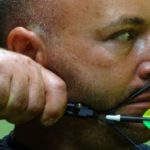
Archers’ aiming problems can be overcome
Archery is a sport requiring extreme mental focus, as well as proper form and muscle memory developed through lots of practice.
For these reasons, I often compare it to golf. Also like golf, it is a game of mistakes: He or she who makes the fewest mistakes wins.
Proper practice leads to better performance, but it doesn’t take many shots with poor form to create poor muscle memory and bad habits that are hard to break.
In my opinion, the worst habit an archer can form is “target panic.”
Target panic is an irrational fear of missing your mark while shooting. It is a mental issue that manifests itself physically and will severely limit an archer’s ability to shoot consistently.
As someone who struggles with this condition, I can tell you it is the No. 1 limitation of my shooting.
Nearly all archers face target panic at one time or another. Volumes have been written about this subject, and I could fill this magazine and never come close to covering it entirely.
Unfortunately, there are no 12-step programs to overcome target panic, but there are a few simple steps you can take to manage it.
Notice I said manage and not cure. The human brain is a complicated and funny thing, and once an archer develops this issue, it’s always looming in the background.
The first step is to recognize that you are dealing with target panic. Symptoms include locking your aim off of the bull’s-eye.
For example, I used to come onto my target from below, and often my pin would settle just below the bull’s-eye — and it felt like the weight of the world was pushing down on my bow.
Also, target panic manifests in jumping onto the trigger of your release aid or just punching it. In extreme cases, a shooter will try to pull through the bull’s-eye and trigger the release as the sight pin covers it.
The longer these bad habits go unaddressed, the more ingrained they become.
Since this is mostly a mental issue, visual cues play a huge part. By eliminating these, you begin to de-program your brain.
Removing the sight from your bow and shooting into blank target bales at close range will help. You need to retrain your brain and muscles to focus primarily on the mechanics and the act of firing the bow with no emphasis on hitting the target.
This might take a while — maybe a month or more. You didn’t develop this issue overnight, and it won’t be resolved quickly, either.
In the beginning, it might even help to close your eyes during the shot.
Shooting a different style of release also will help.
Most hunters shoot a caliper-style release that is actuated by their index finger. Because the index finger has the most dexterity, this makes it easy to snap the trigger rather than squeeze through the shot.
A thumb release or back-tension release will help reduce or eliminate this tendency.
In extreme cases, a hinge-style release will force you to use back tension when firing.
In most cases, changing to a hand-held release aid requires you to adjust the draw length of your bow 1/2 to 1 inch longer.
Proper draw length is even more important when shooting these releases, so make sure to consult a pro shop before changing over.
After a while, when you are properly triggering your shot on a consistent basis, add the sight back but no target.
Shoot like that for several weeks. Remember, you are developing muscle memory, and that’s not a quick process.
Eventually, you can add a large bull’s-eye at close range.
Another trick is to draw your bow — with an arrow loaded and a safe target, of course — and practice floating the pin on the bull’s-eye.
Do not shoot; instead let your bow down.
Reducing your draw weight during this process will make this much easier.
Also, when coming onto the target, do so from a different direction than in the past.
By taking these steps, you should begin to retrain yourself to shoot properly.
As soon as you notice any backsliding or trigger punching, go back to no sight and an empty target bale.
Also, if you changed back to a wrist caliper-style release, shoot with a handheld until you are properly triggering your shots again.
You will never completely beat this condition, but you can effectively manage it.
Hopefully, this helps many of you to shoot better this year and to your full potential.




